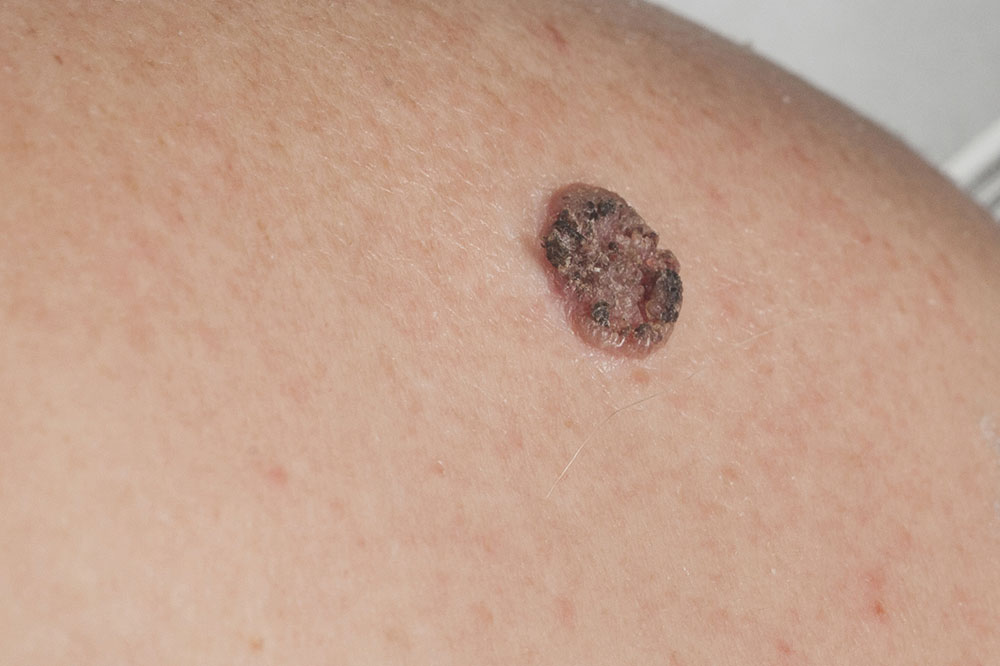Understanding Carcinoma: Types, Symptoms, and Key Facts
This article explores carcinoma, covering its types, symptoms, causes, risk factors, diagnosis, and treatment options. Early detection is crucial for effective management. Key subtypes like basal and squamous cell carcinoma are detailed, emphasizing the importance of regular skin examinations and awareness of warning signs. The piece highlights how UV exposure and genetic factors contribute to risk, and discusses various treatment methods including surgery, cryotherapy, and radiation therapy. Understanding these aspects can aid in timely diagnosis and better health outcomes for patients affected by this common cancer.

Understanding Carcinoma: Types, Symptoms, and Key Facts
Carcinoma is a prevalent form of cancer that originates in epithelial cells lining organs and skin. It is the most frequently diagnosed cancer type, affecting areas like the skin, liver, kidneys, and internal pathways. Depending on the case, carcinoma may remain localized or metastasize to distant sites. Early detection is vital, as metastatic carcinoma can be life-threatening. Various subtypes exist based on the cell origin, including basal cell, squamous cell, kidney, transitional, and glandular cancers. Recognizing symptoms such as skin changes or unusual growths can facilitate timely diagnosis and treatment.
Categories of Carcinoma Carcinoma classification depends on the originating cell type and whether it has spread. The main subtypes include:
Basal cell carcinoma: Found mainly on sun-exposed skin, this cancer rarely spreads but grows slowly. It appears as a waxy bump or a pale patch, often caused by ultraviolet exposure.
Squamous cell carcinoma: Commonly affecting skin, lungs, esophagus, and head or neck regions, this type can metastasize more than basal cell carcinoma. Initial signs include rough, scaly lumps or red patches that do not heal.
Kidney cancer / Renal cell carcinoma: Making up nearly 90% of kidney tumors, these usually form solitary masses within the kidneys.
Transitional cell carcinoma: Arising from cells lining the urinary tract, it accounts for about 10% of kidney cancers.
Glandular carcinomas (Adenocarcinomas): Originating from mucus-secreting epithelial cells, these include colorectal, pancreatic, prostate, breast, and lung cancers.
Based on spread, carcinomas are classified as:
Carcinoma in situ: Confined to the original epithelial layer, not yet invasive.
Invasive carcinoma: Spreads to adjacent tissues but remains localized.
Metastatic carcinoma: Spreads to distant organs beyond the original site.
Signs and Symptoms Early-stage carcinoma often appears as visible skin changes or persistent growths, making early detection possible through regular check-ups. Abnormal skin patches, rashes, or sores that do not heal should prompt medical consultation. Common symptoms vary by type; basal cell carcinoma presents as a translucent bump, while squamous cell carcinoma manifests as rough lesions or red patches. Merkel cell carcinoma appears as rapidly growing flesh-colored moles on sun-exposed skin. Noticing these signs early enhances treatment success and prognosis.
Causes and Risk Factors
Ultraviolet (UV) exposure from the sun is the primary cause of many carcinomas, especially skin-related types. Artificial UV sources, like tanning beds, increase risk further. UV damage causes DNA mutations in skin cells, leading to uncontrolled growth. Other risk factors include fair skin, family history, autoimmune conditions like lupus, inherited syndromes, immunosuppression, medications causing photosensitivity, exposure to chemicals or X-ray radiation, and infections such as HPV. Precancerous lesions, like actinic keratosis, also elevate risk for squamous cell carcinoma.
Diagnosis and Treatment
Diagnosis involves physical skin examination, evaluating lesion characteristics, and documenting changes over time. Dermatoscopic imaging and biopsy confirm malignancy. Treatment options depend on tumor size, type, stage, and location, often requiring multidisciplinary teams comprising dermatologists, surgeons, radiologists, and oncologists. Common treatments include cryosurgery, surgical removal (Mohs procedures), topical chemotherapy, radiation therapy, and laser treatments. Early detection and tailored treatment plans significantly improve outcomes and reduce complication risks.










